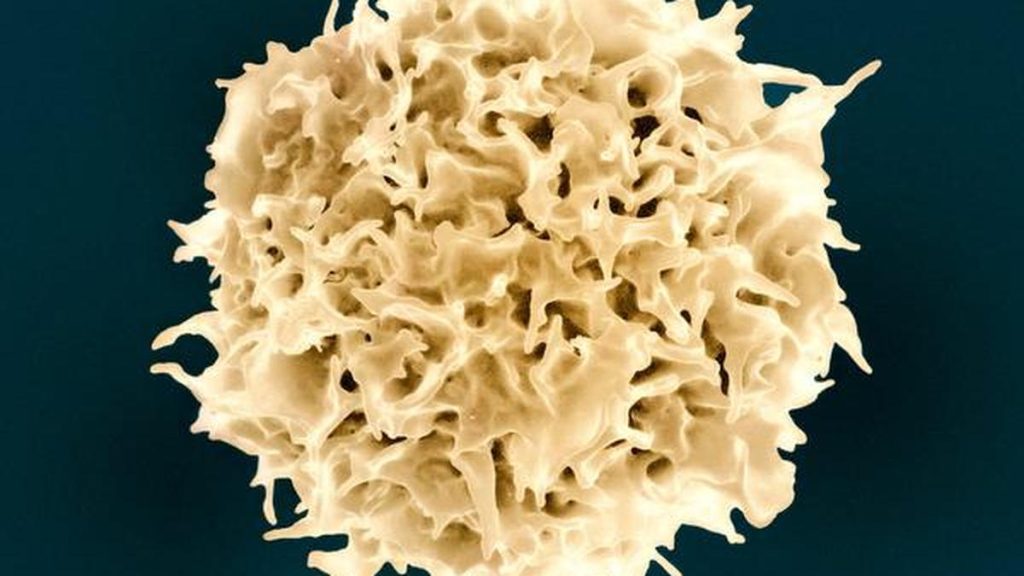Revolutionizing Immunology with AI-Designed Proteins
In a groundbreaking development, scientists have utilized artificial intelligence (AI) to design novel proteins that significantly enhance the generation of immune cells. This advancement paves the way for new therapeutic approaches to boost immunity and treat various diseases.
What Are AI-Designed Proteins?
AI-designed proteins are synthetic molecules created using advanced computational algorithms that predict and generate protein structures tailored for specific biological functions. These proteins can be engineered to interact with human cells in precise ways, opening possibilities for targeted medical interventions.
Key Research Highlights and Timeline
The research, published in 2025, involved a multidisciplinary team combining expertise in bioinformatics, immunology, and AI. By training AI models on vast protein databases, researchers developed proteins that stimulate the differentiation and proliferation of immune cells such as T-cells and B-cells, essential components of the body’s defense system.
Impact on Immune Cell Generation
The AI-designed proteins demonstrated a remarkable ability to prompt stem cells and precursor cells to mature into fully functional immune cells in laboratory settings. This enhanced generation could improve immune responses in patients with compromised immunity or those undergoing treatments like chemotherapy.
Potential Applications and Future Prospects
This breakthrough holds promise for multiple clinical applications including cancer immunotherapy, vaccine enhancement, and autoimmune disease management. The precision and efficiency of AI-designed proteins could reduce treatment times and improve patient outcomes significantly.
Trivia for Science Buffs
Did you know? AI models used in protein design often rely on deep learning techniques similar to those powering natural language processing, enabling them to ‘understand’ the complex language of proteins.
Source: The Hindu

